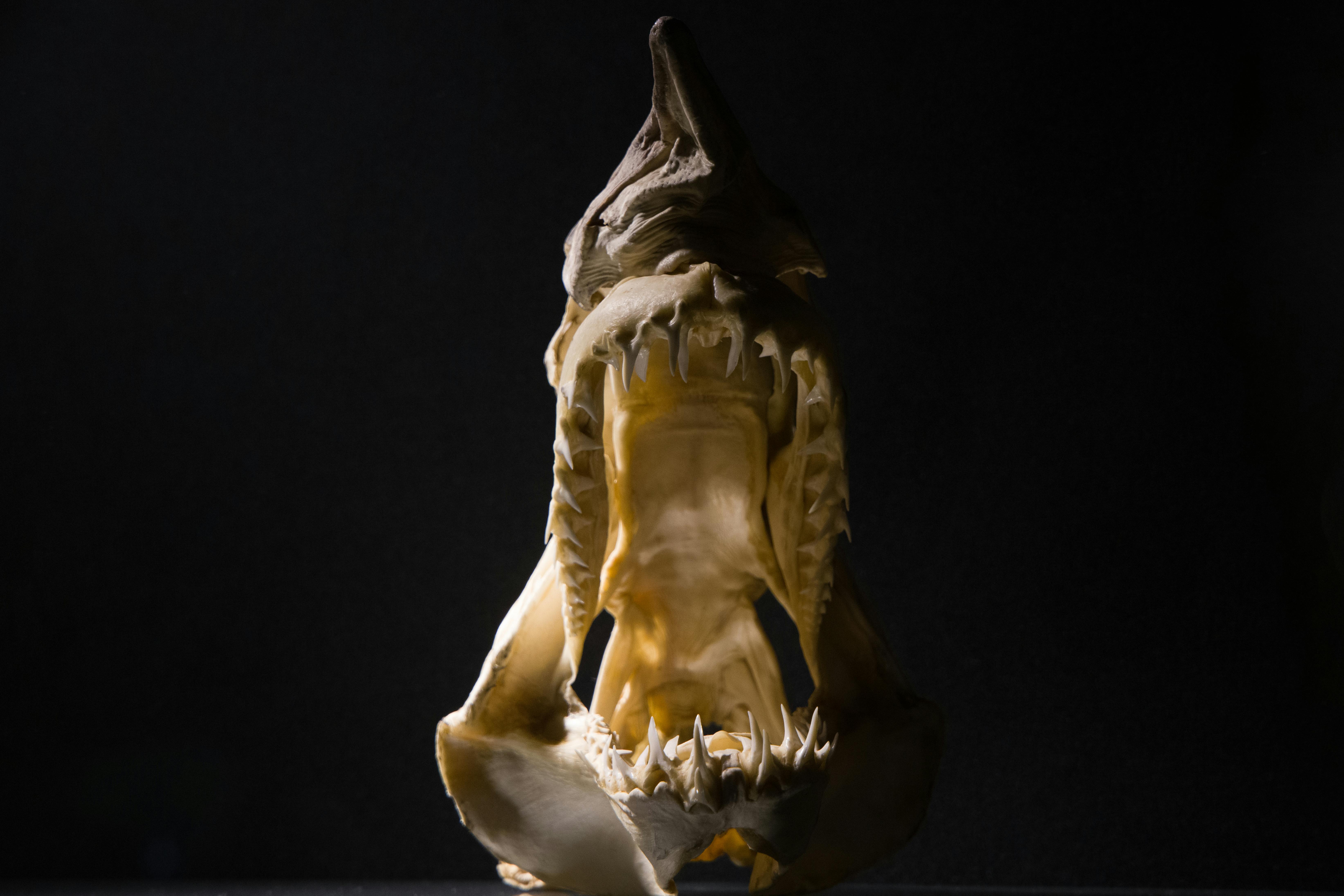Effective Ways to Breed Betta Fish for Successful Offspring in 2025
Breeding betta fish can be an exciting and rewarding venture for both novice and experienced aquarists. Understanding the specific needs and behaviors of these vibrant fish is crucial to ensure successful breeding outcomes. In this article, we will explore effective strategies for breeding betta fish, focusing on optimal conditions, care for fry, and tips for overcoming common challenges. With the right knowledge, you can enhance your breeding experience and increase the odds of producing healthy offspring.
Betta fish breeding requires careful planning and execution. From selecting the perfect pair to creating a supportive environment, each step significantly influences the breeding success rate. Identifying the needs of both male and female bettas, such as specific water conditions and proper nutrition, can lead to an abundant spawn and thriving fry. As we delve into different aspects of betta breeding, you'll gain insights into how to manage the entire breeding process effectively.
This article will provide an in-depth look at the following topics: preparing the breeding tank, understanding betta fish mating behavior, caring for betta fry, and common mistakes to avoid. Get ready to dive into the captivating world of betta fish reproduction!
Preparing Your Betta Fish Tank for Breeding
Creating the right environment for your betta fish is essential for successful breeding. Furthermore, understanding the specific requirements necessitates some planning and preparation. Before introducing your breeding pair, start with a robust setup that addresses their unique needs.
Setting Up the Breeding Tank
The breeding tank should ideally be between 10 to 20 gallons to accommodate a breeding pair comfortably. A well-aerated tank with proper filtration and water quality is vital. Ensure that the water parameters, such as pH, hardness, and temperatures, meet the ideal conditions for breeding bettas. The optimal water temperature for betta breeding ranges from 78°F to 80°F.
In addition to water quality, incorporating live plants and decorations provides shelter and contributes to the bettas’ comfort. Artificial plants or floating options can also aid in creating a conducive breeding environment. Moreover, providing adequate space reduces stress and encourages natural behaviors, such as courting and bubble nest building.
Water Quality and Maintenance
Maintaining high water quality is paramount when setting up a breeding tank. Conduct regular water changes of about 25-30% weekly to eliminate toxins and maintain clarity. This helps prevent any diseases and ensures a healthy environment for breeding bettas. Utilize a water conditioner to neutralize harmful chemicals like chlorine or chloramine.
It is also vital to monitor the ammonia, nitrite, and nitrate levels to ensure they remain within safe ranges. Utilizing an aquarium test kit can help you regularly check the water parameters and make necessary adjustments to support betta fish health.
Assessing Betta Fish for Breeding Pair Compatibility
When choosing your breeding pair, consider the vibrant coloration and health of each fish. Always opt for healthy individuals that exhibit the physical traits of their species. Gender identification is crucial; hence, male bettas are typically more vibrant and longer-finned than females. Look for visible signs of readiness, such as a swollen belly in females indicating eggs.
To initiate potential pairing, you can gradually introduce the male and female bettas in a neutral space. Observe their behavior; signs of mutual interest include swimming alongside and courtship displays. Once you assess compatibility, it’s time to move them into the breeding tank.
Understanding Betta Fish Mating Behavior
Once introduced, monitoring betta fish mating behavior is critical for assessing readiness for breeding. Comprehending their interactions can help you identify the right timing for reproduction to occur.
Male Betta Courtship Rituals
During mating, the male will exhibit various courtship behaviors, such as flaring his fins, making bubble nests, and displaying playful chasing motions. Watching for these signals is important to determine whether the pair is ready to breed. The male's bubble nest is particularly significant; it indicates his readiness to spawn and the environment's safety.
As female bettas are usually less aggressive, they might take some time to adjust. However, you should keep an eye on their interactions to ensure that the female is comfortable and not overly stressed during this period.
The Betta Fish Spawning Process
When the female indicates readiness by displaying vertical stripes and engaging with the male, spawning can occur. The male will wrap himself around the female and gently squeeze her to release eggs into the bubble nest. This process can take anywhere from a few minutes to several hours, so patience is essential.
It’s pivotal to separate the bettas once the spawning process is completed. The male may become territorial and aggressive toward the female post-spawning, so this step prevents unnecessary stress and potential harm. Separating them will also ensure that the female has time to recover and produce more eggs in the future.
Monitoring and Recognizing Breeding Readiness
Understanding the signs of breeding readiness in both male and female bettas can enhance your breeding success. During the female's reproductive cycle, the development of her eggs can lead to noticeable physical changes, including a swollen belly and horizontal stripes on her body. Conversely, males will be indicative of readiness through vigorous behaviors and the well-formed bubble nest.
Careful observation can lead to more favorable conditions for breeding. Ensuring a peaceful environment, proper hiding spots, and optimal temperature will increase the probability of successful mating.

Caring for Betta Fry Successfully
Once the fry are hatched, providing them with the right care is critical for their growth and survival. Nurturing the young bettas requires specific knowledge of their developmental stages and nutritional needs.
Understanding Betta Fish Growth Stages
Betta fry go through several growth stages, starting from hatching. Initially, they will rely on their yolk sacs for nutrition before needing external feeding, which starts around two days after hatching. As they grow, they will need appropriate food sources such as infusoria or finely crushed flakes.
During their early stages, watching for any signs of health issues or deformities can help you act early. Maintaining optimal tank conditions is vital for their development, so continue monitoring water parameters closely and conducting necessary water changes.
Feeding Betta Fry: Best Practices
As your fry develop, transitioning to a proper feeding schedule is critical. Begin with tiny food particles and progressively switch to better-quality foods as they grow. Some suitable options include specialized fry food or live food like baby brine shrimp or microworms, which provide essential nutrients for their overall health.
Additionally, maintaining proper feeding protocols will significantly impact their growth rate. It is important to observe the fry and adjust food quantities to minimize waste while ensuring that they receive adequate nutrients.
Avoiding Common Pitfalls in Fry Care
While caring for betta fry, aquarists often encounter common pitfalls that can hinder growth and health. Overfeeding, inadequate water quality, and inadequate space are frequent issues. Regular tank cleaning, appropriate stocking densities, and ensuring the fry are not overcrowded can enhance their chances of thriving.
Moreover, staying clear of abrupt changes to water conditions or temperature can prevent stress, which significantly impacts the development and survival of your fry.

Breeding Betta Fish: Common Mistakes to Avoid
Even experienced breeders can encounter challenges during the breeding process. Understanding common mistakes can save you time, frustration, and poor yields in offspring quality.
Neglecting Water Quality Management
One of the most critical aspects of breeding bettas is maintaining water quality. Failing to consistently monitor and manage water parameters can lead to significant complications. High levels of ammonia or nitrites can be harmful to both breeding adults and fry, so always conduct regular tests and water changes.
Using a sponge filter can help maintain water quality without causing excessive water flow, which could stress the bettas.
Ignoring Behavioral Signs of Stress
Stress can greatly influence breeding success and offspring viability. It is essential to pay attention to signs like erratic swimming or hiding. Identify triggers such as environmental stressors, high noise levels, or aggressive tank mates. Mitigating these stressors will foster a healthy environment for breeding.
Also, avoid placing other fish in the breeding tank during the spawning process, as they can introduce competition and aggression.
Overlooking Betta Fish Care After Breeding
Once breeding has occurred, many breeders neglect the post-breeding care required for both the female and male. Providing them with appropriate conditions to recover is crucial for future breeding attempts. Proper nutrition and a stress-free environment will ensure they remain healthy and ready for their next cycle.
Remember to regularly check for any signs of illness or issues resulting from the breeding process. Addressing such problems early can prevent complications from escalating.
Conclusion and Key Takeaways
Successfully breeding betta fish requires careful planning, monitoring, and a deep understanding of their needs. From setting up a proper breeding tank to ensuring excellent care for your fry, each aspect plays a vital role in the outcomes of your breeding efforts. Always remember that patience, attention, and an observant eye are your best tools in this exciting journey.
In summary, revisit essential elements such as optimal tank setup, conditioning your bettas for breeding, recognizing behavioral patterns, and ensuring serene environments post-breeding. By following the guidelines detailed in this article, you can significantly increase the likelihood of a successful breeding venture.
As you move forward, keep researching and staying updated with the latest breeding techniques and methods to continually improve your betta breeding outcomes!
